ISOCELL
Latest
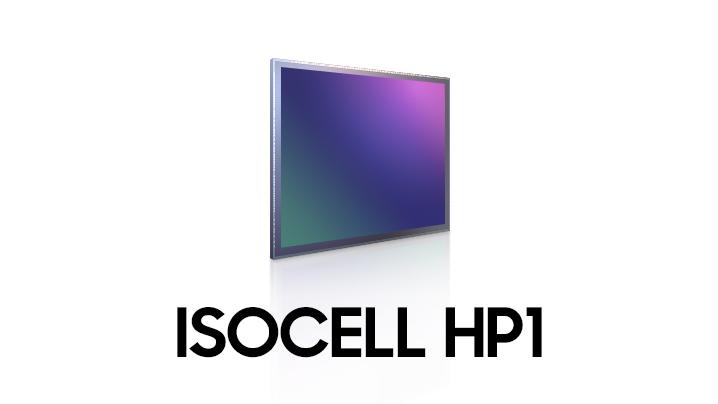
Samsung has made a 200-megapixel smartphone sensor
It promises amazing clarity, detail and low-light performance.
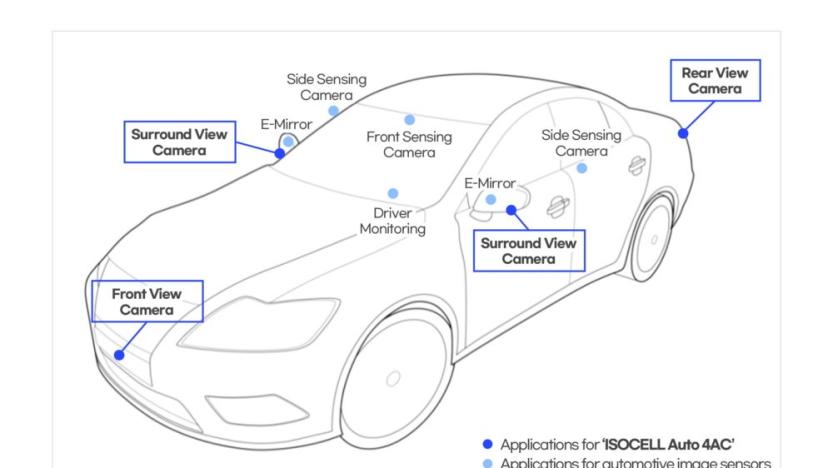
Samsung's latest HDR imaging chip is designed for vehicle camera systems
Samsung is trying to attack the automotive market with a camera sensor that uses unique technology to adapt to low and bright lighting situations.
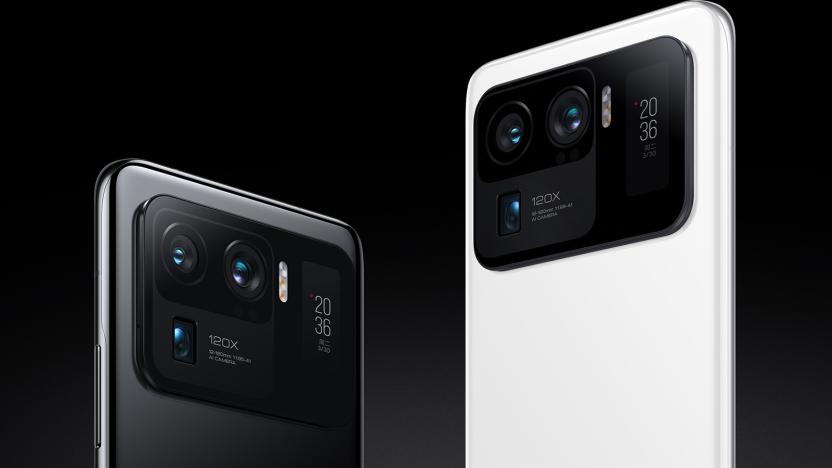
Xiaomi's Mi 11 Ultra has a tiny selfie screen on the back
Xiaomi's Mi 11 Ultra is the first smartphone to utilize Samsung's more powerful ISOCELL GN2 sensor for its main camera, and to get the most out of it, the device packs a small screen next to the rear cameras for higher-quality selfies.

Samsung's ISOCELL 2.0 could boost the quality of your next phone camera
Samsung has unveiled ISOCELL 2.0 technology that lets high-resolution phone cameras capture vivid photos.
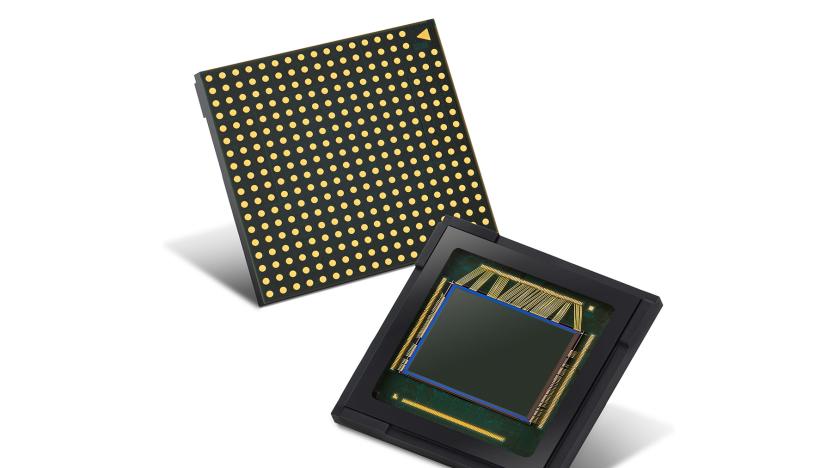
Samsung's latest smartphone sensor promises DSLR-like focus speeds
Samsung has unveiled a new smartphone sensor showing that more megapixels may not always be better. The ISOCELL GN1 is “only” a 50-megapixel sensor, but at a 1/1.3-inch size, it has relatively large 1.2-micron pixels to help cameras perform better in low light.
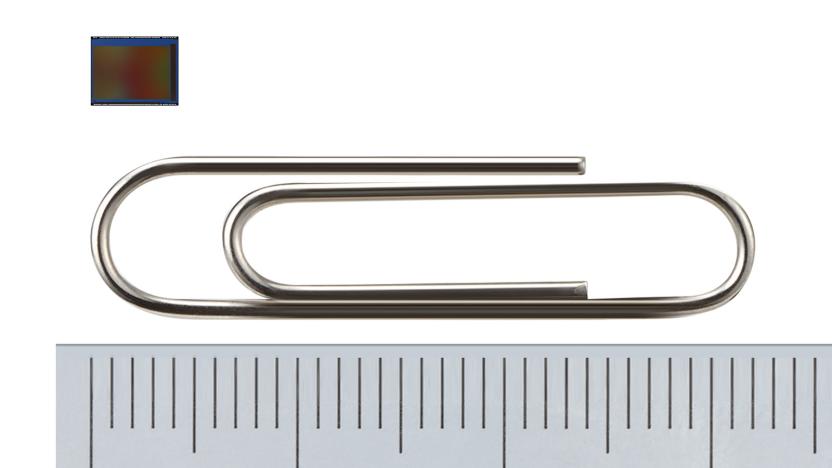
Samsung's 43.7-megapixel sensor has the tiniest pixels yet
Samsung's latest smartphone camera sensor above is under 5mm wide, but it has a resolution of 43.7 megapixels -- more than most DSLRs. That means the pixels on the "Isocell Slim GH1" are just 0.7 micrometers wide, beating the 0.8-micrometer pixels on Samsung's 64- and 108-megapixel sensors. "That will enable sleeker and more streamlined designs as well as excellent imaging experiences in tomorrow's smartphones," said image sensor VP Yongin Park in a press release.

Xiaomi is planning a phone with a 108-megapixel camera
Suddenly, Samsung's 64-megapixel phone camera sensor seems antiquated. Xiaomi has revealed that it will not only use the 64MP sensor in an upcoming Redmi phone, but that a future phone will pack a 108MP (oddly billed as 100MP) "ultra-clear" Samsung ISOCELL camera sensor. That's a 12,032 x 9,024 image, folks. This is the kind of resolution you typically expect from medium format cameras, not the phone in your pocket.

Samsung's 48-megapixel camera sensor may pop up in the Galaxy S10
With its chip manufacturing prowess, it was only a matter of time before Samsung attacked the lucrative image sensor market dominated by Sony. It has unveiled a pair of very interesting sensors aimed at multi-camera smartphones, the 48-megapixel Isocell Bright GM1 and 32-megapixel Isocell Bright GD1. Both have pixel pitches of just 0.8 micrometers, letting Samsung pack incredible resolution into chips that are small enough to be used in multi-camera smartphones without bulking them up.
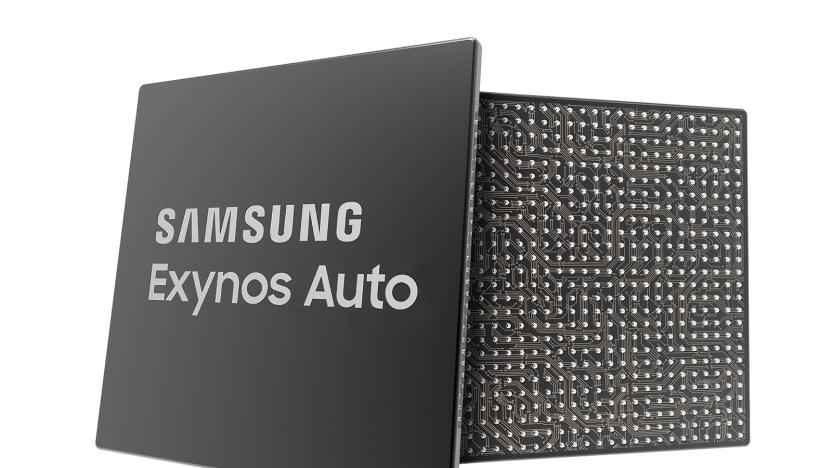
Samsung unveils Exynos chips built for connected cars
Samsung's Exynos processors are no longer confined to mobile devices and the occasional smartwatch. The company has launched Exynos Auto and Isocell Auto brands that will respectively make chips and camera sensors for connected cars. The Exynos line will include chips devoted to specific aspects of on-the-road technology, including driver assistance (Exynos Auto A), infotainment (Auto V) and telematics (Auto T). Isocell sensors, meanwhile, currently include three models that range from 960p to 4K.

Samsung's ISOCELL Plus camera sensor upgrades low light performance
While Samsung may be playing catch up in some fields, it continues to charge ahead with its smartphone camera tech. Today it's unveiled its new ISOCELL Plus technology, which means sharper and more accurate photos even in challenging light environments.
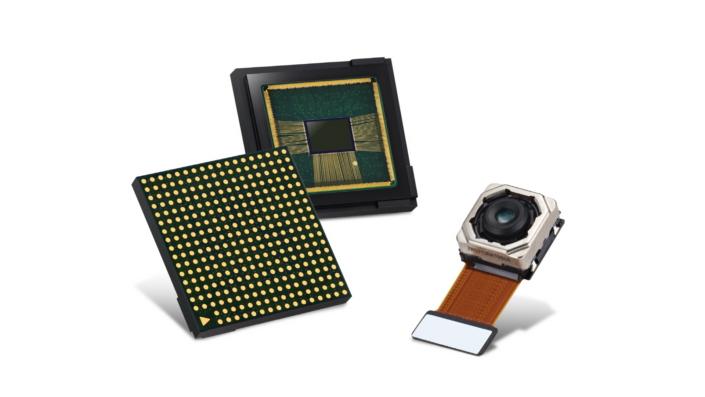
Samsung’s new camera sensor plays nice with phones besides the Galaxy S
Today, Samsung announced that the 16-megapixel ISCOCELL Slim 3P9 image sensor is now available. This image sensor is designed for cameras on mobile devices; because of its Tetracell technology, this 1.0μm sensor can work as a 2.0μm in front-facing cameras. It allows for better pictures in low-light environments.

Samsung’s latest imaging sensors may rid smartphones of camera bumps
As Apple, Samsung and (perhaps, surprisingly) Google battle to claim the top spot in smartphone imaging, we've been left with lenses jutting out of the device, or in the case of the Note 8, a thicker phone. The iPhone 8 and Pixel 2 may be the latest offenders, but Samsung thinks its latest imaging sensor can keep things slim with its duo of new ISOCELL sensors: two different components with different selling points.

Samsung sensor puts 16-megapixel cameras into slim phones
Wondering how Samsung manages to cram a 16-megapixel camera into seemingly wafer-thin phones like the Galaxy A8? By developing a brand-spanking new sensor that fits, that's how. The Korean company has built an ISOCELL-based CMOS imager that uses extremely tiny 1.0-micron pixels instead of the 1.12-micron units from the previous model. That may not sound like much of a difference, but it amounts to a sensor that's 20 percent thinner, at a scant 5mm (0.2 inches) deep. In short, you won't have to accept an unsightly camera hump just to get high-resolution shots.
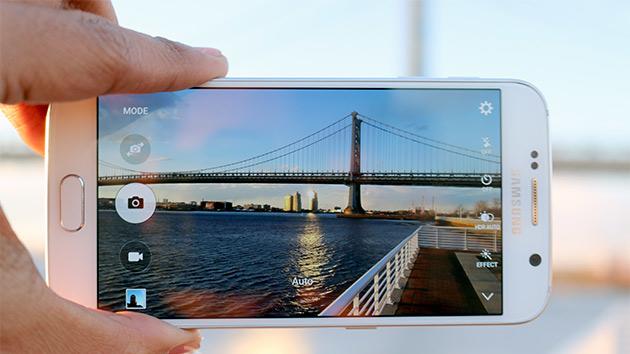
Samsung's Galaxy S6 uses 'several' different camera sensors
When Samsung unveiled the Galaxy S6, you might have noticed that the company stopped touting its in-house ISOCELL camera tech. Was it relying on someone else's sensor instead? As it turns out, the answer is yes... sort of. The Korean firm has confirmed owners' discoveries that the rear sensor is alternately made by Samsung or Sony. There are "several different vendors" making S6 cameras, a spokesperson says, although there's no mention of how Samsung distributes those components. Not that you'll need to be worried, apparently. The company insists that they all meet "strict global quality and performance standards," and SamMobile has conducted tests showing that the practical differences are slight. In short, you'll likely get quality photos regardless of whose imaging hardware is under the hood.

Samsung ISOCELL smartphone camera sensors promise better colors in low-light
Samsung's offering up spoilers at what we can expect from future Galaxy smartphones -- already. They will likely feature ISOCELL, the company's new CMOS imaging sensor. It adds "advanced pixel technology" that polices the absorption of electrons for improved color fidelity, even when lighting isn't ideal. The new sensor will head to new "premium" smartphones and tablets, with mass production scheduled to start in Q4 2013. Samsung's ISOCELL tech improves on current BSI (back-side illuminated) sensors by adding a "physical barrier between neighboring pixel". The science behind it means that more photons can be collected and that's what will improve image quality. This between-pixel crosstalk is apparently reduced by 30 percent, and increases the dynamic range of photos by up to 30 percent -- as you'll note from the washed-out petal tips in the sample above. Samsung explains that "market pressure" has meant it had to increase camera resolution and image quality, without increasing the size of the camera unit. This meant that pixels had to shrink, "while improving their performance at the same time". Interestingly, this sensor is specifically for 8-megapixel units, which could mean a drop down from the 13-megapixel camera seen in the Galaxy S 4. A full camera unit housing ISOCELL would also take up less space inside devices compared to previous imaging sensors, with a reduced height that sounds like it could be ideal for the company's future high-powered, even thinner smartphones.






